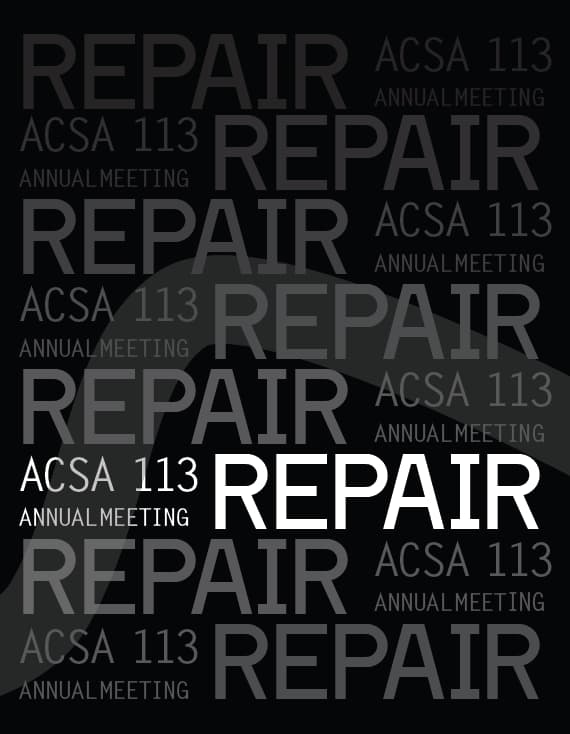Author(s): A. Gray Read, Ben Leinfelder, Carl Fiocchi, Kent Hicks, Naomi Darling & Robert Williams
In recent years, there has been an increasing focus on the role of embodied carbon within the overall carbon footprint of the built environment.(1) Historically, green building certifications and best practices primarily focused on operational energy and the associated operational carbon. Recent research has demonstrated that embodied carbon is a more significant factor than previously thought.(2) As the energy efficiency of buildings and the availability of renewable energy resources has improved, the relative impact of the material carbon emissions (MCE; i.e. cradle-to-gate or A1-A3 emissions) on the total life cycle carbon emissions (A1-C4) of buildings has increased (Figures 1 and 3) (3). As this has become apparent, an increasing array of tools, including Tally(4), EC3(5), and BEAM(6) among others, are now available to architects to assess the embodied carbon impacts of their design decisions. While the basic tenets of low-carbon design are clear – prioritize bio-based construction materials over synthetic, petroleum-based materials – there is still an open question about how carbon accounting is best integrated into the design process. This paper addresses these issues through presenting the results of three iterations of a university-based design-build program dedicated to designing and building high-performance, low-carbon small homes (Figure 4).
Volume Editors
Sara Jensen Carr & Rubén García Rubio
ISBN
978-1-944214-48-7

 Study Architecture
Study Architecture  ProPEL
ProPEL 
